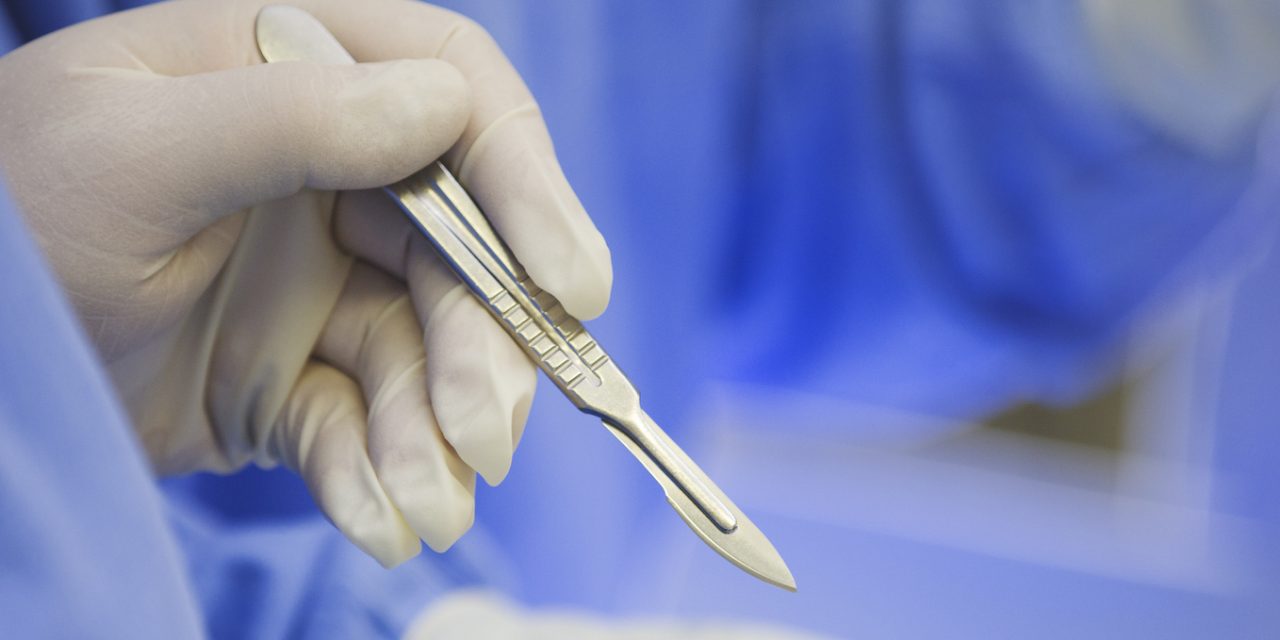The classic hook plate and the anatomically shaped locking plate are two typical approaches for treating distal third clavicle fractures. There is no agreement on which method is more effective than the other. As a result, this study aims to assess the efficacy of a standard hook plate vs. an anatomically contoured locking plate enhanced with coracoclavicular fixation in treating distal third clavicle fractures. Enrolled patients were randomly randomized to one of two groups: hook plate (n=13) or locking plate (n=17). Follow-up evaluations (clinical and radiological) were performed 6 and 12 months after surgery. They attained Union in 91% of instances after 6 months and 100% after 12 months in both groups. At 12 months, no differences in Disabilities of the Arm, Shoulder, and Hand (DASH) and Constant Shoulder (CS) scores were seen between the hook and locking plate groups. DASH scores improved (p=0.007), and CS scores improved (p=0.075) from 6 to 12 months in the hook plate group. Surgical time was longer in the locking plate group than in the hook plate group (p<0.001).
At 12 months postoperatively, both groups had similar functional outcomes and union rates. However, the improvement in DASH scores from 6 to 12 months in the hook plate group implies that patients treated with an anatomically contoured locking plate recover faster than patients treated with a hook plate.
Reference: www.jshoulderelbow.org/article/S1058-2746(22)00196-3/fulltext


